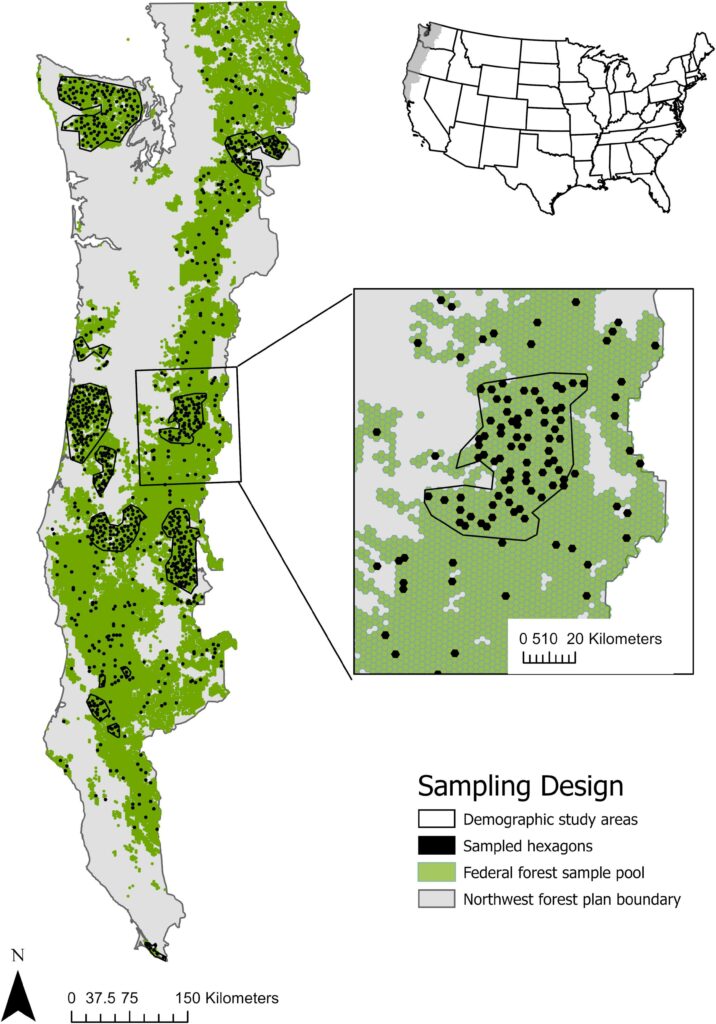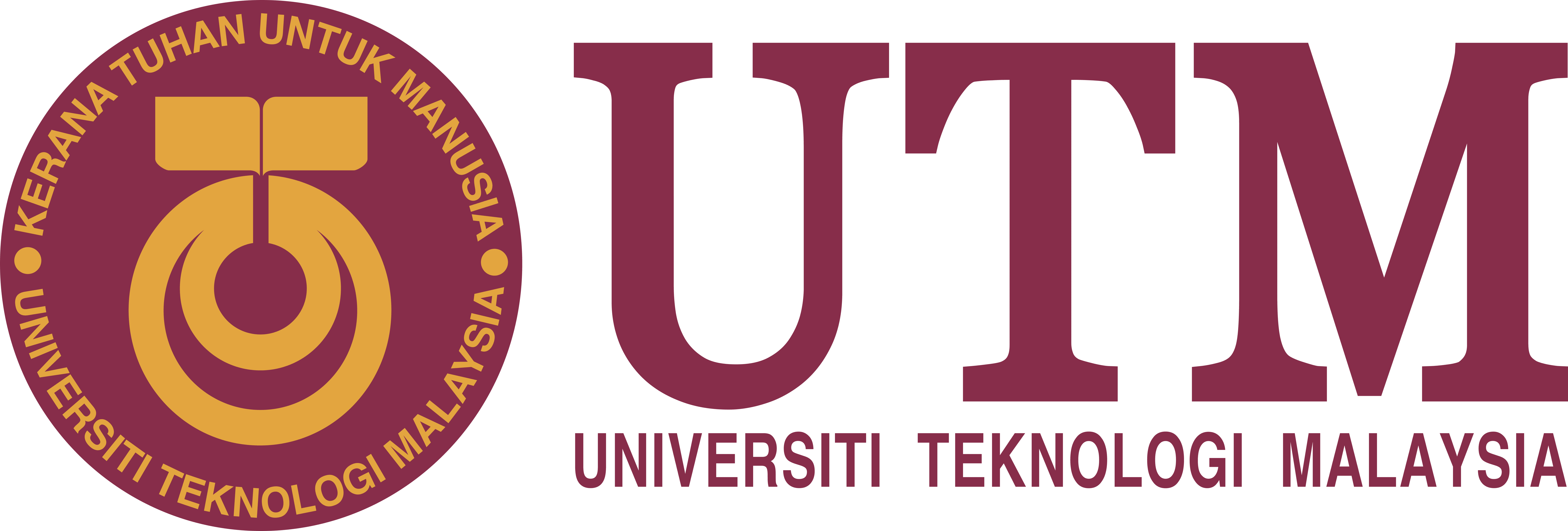
By Shahabuddin Amerudin
Introduction
Geographic Information Systems (GIS) plays an indispensable role in various fields, including environmental science, urban planning, and public health. For GIS students at the Universiti Teknologi Malaysia (UTM), producing a high-quality study area map is a fundamental aspect of their thesis writing. However, this seemingly straightforward task can be surprisingly challenging, especially when it comes to fitting the map within the constraints of an A4 or B5 paper size. As a result, many students resort to using Google Maps as a basemap or backdrop image, rather than creating a map from scratch. In this article, we will delve into the common challenges students face in this regard, the limitations of using Google Maps as a solution, and alternative approaches to produce effective study area maps.
Challenges Faced by GIS Students
- Limited Space:
- Complex Study Areas: GIS projects often involve the analysis of extensive geographical regions or intricate study areas. Trying to fit all the relevant data into the confines of A4 or B5 paper sizes can be highly challenging. This limitation may lead to the omission of crucial details or areas, potentially affecting the comprehensiveness of the study.
- Scale Issues: Reducing a large-scale map to fit on a smaller sheet can result in a significant reduction in detail. This can hinder the ability to convey the spatial relationships and nuances within the study area accurately.
- Map Overcrowding: When students attempt to include too much information within the limited space, maps can become cluttered and confusing, making it difficult for readers to interpret the data effectively.
- Clarity and Readability:
- Text and Symbols: Shrinking a map to fit a smaller paper size can cause text and symbols to become too small to read comfortably. This can lead to frustration for readers who struggle to discern important information.
- Loss of Context: When maps lose clarity during scaling, the overall context and significance of certain features can be lost. This might result in the misinterpretation of the data or research findings.
- Color and Contrast: Maintaining effective color contrast and choosing colors that work well when printed can be a challenge. Poor choices can reduce map readability, particularly for readers with visual impairments.
- Data Sourcing and Integration:
- Data Availability: Locating relevant and up-to-date GIS data can be a time-consuming process. Data may be scattered across various sources, and students may need to request or purchase datasets, which can pose logistical challenges.
- Data Compatibility: Different datasets may have varying formats, projections, and scales. Integrating these datasets into a cohesive map can be technically complex and may require advanced GIS skills.
- Data Quality: Ensuring that data sources are accurate and reliable is essential. Students must critically assess data quality and be aware of potential biases or errors that can affect the outcomes of their research.
- Licensing and Copyright Issues:
- Legal Consequences: Using Google Maps or other proprietary mapping services as a basemap without proper licensing or permissions can lead to legal repercussions. This can result in the removal of the map from the thesis, fines, or other legal actions against the student.
- Ethical Considerations: Encouraging students to respect copyright and licensing agreements fosters ethical research practices and instills a sense of responsibility regarding data usage.
- Limited Customization:
- Tailoring Maps to Research: Every GIS project has unique requirements. Pre-designed basemaps like Google Maps may not offer the level of customization needed to convey specific research findings accurately. Customization is crucial to align the map with the study’s goals and objectives.
- Visual Consistency: Customization allows students to maintain visual consistency with their thesis while accommodating specific mapping needs. This consistency enhances the overall quality and professionalism of the research.
Limitations of Using Google Maps
While Google Maps can be a convenient solution for including geographic context in a thesis, it comes with several limitations that hinder its suitability for academic research:
- Limited Control:
- Customization Constraints: Google Maps offers a one-size-fits-all approach when it comes to map design. Students have limited control over the color schemes, symbols, fonts, and labeling. This lack of customization can make it challenging to tailor the map to the specific requirements of a thesis or research project.
- Visual Consistency: Academic research often requires a high level of visual consistency throughout the thesis. Google Maps’ limited customization options can hinder the ability to maintain a consistent visual style that aligns with the overall thesis design.
- Representation Challenges: Certain geographic features or phenomena may require specialized symbols or visual cues that Google Maps cannot provide. This can result in a less accurate representation of the research findings.
- Print Quality:
- Resolution Issues: When students print Google Maps on paper, they may encounter issues related to resolution. Text and symbols can become blurry or pixelated, particularly when the map is scaled down to fit within the confines of A4 or B5 paper sizes. This reduction in print quality can compromise the clarity and readability of the map.
- Scaling Challenges: Google Maps is designed primarily for online and digital viewing, not for high-quality print. As a result, it may not easily adapt to the demands of print production, leading to suboptimal print results.
- Data Ownership:
- Lack of Data Control: Google Maps uses its own data sources, and students have little control over the data displayed on the map. Google may update or change these data sources without notice. This lack of control can be problematic for academic research, where data accuracy and consistency are crucial.
- Dependency on External Data: Students relying on Google Maps may find themselves at the mercy of Google’s data infrastructure. Changes or interruptions in data access can disrupt the research process and compromise the project’s integrity.
- Commercial Use:
- Terms of Service Restrictions: Google Maps’ terms of service are primarily designed for personal use and may impose limitations on academic or commercial projects. Students using Google Maps for thesis work could unintentionally violate these terms, potentially leading to legal issues or the removal of their maps from their research.
- Licensing Considerations: Academic research often requires a clear understanding of licensing agreements and compliance with copyright laws. Using Google Maps without proper licensing can raise ethical and legal concerns.
- Data Privacy:
- Privacy Risks: Students must exercise caution when using Google Maps for academic purposes, especially when dealing with sensitive or private data. The public nature of online mapping platforms like Google Maps means that inadvertently sharing private information can lead to privacy breaches or unauthorized access to sensitive data.
Solutions for Creating Effective Study Area Maps
- Open Source GIS Software:
- Advantages: Open-source GIS software like QGIS provides students with a powerful set of tools to create maps that meet their research requirements. It offers greater control over map design, including customizing colors, symbols, labeling, and map layout.
- Flexibility: QGIS and similar open-source platforms allow students to start from scratch, giving them complete control over the map’s content and design. This flexibility is particularly valuable when dealing with complex study areas or specialized research needs.
- Skill Development: By using open-source GIS software, students can enhance their GIS skills, which are valuable in both academic and professional settings. These skills include data manipulation, spatial analysis, and cartographic design.
- Custom Data Collection:
- Data Accuracy: Advising students to collect their own data or collaborate with relevant organizations ensures that they have access to accurate and up-to-date spatial data. This is especially important for research that demands precise and current information.
- Tailored Data: Custom data collection allows students to gather information specific to their research objectives. They can design data collection methods that align with their study’s unique needs, ensuring data relevance and quality.
- Real-World Experience: Engaging in data collection projects provides students with practical, hands-on experience in data acquisition and fieldwork, enhancing their research skills and understanding of geospatial processes.
- Custom Basemaps:
- Greater Control: Creating custom basemaps using sources like OpenStreetMap empowers students to exercise complete control over the map’s appearance. They can customize features, colors, and labels to align with their research objectives and aesthetics.
- Flexibility: OpenStreetMap and similar platforms offer a wide range of data layers and styles, enabling students to adapt the basemap to various study area types, from urban to rural to environmental contexts.
- Compliance: Using open-source basemaps eliminates concerns about licensing and copyright violations, ensuring that students can confidently use their maps for academic research and publication.
- Cartographic Design:
- Clarity and Readability: Emphasizing cartographic design principles helps students enhance map clarity and readability. This includes selecting appropriate fonts, font sizes, and label placements to ensure that information is easily understood.
- Visual Hierarchy: Educating students about creating a visual hierarchy on their maps helps them highlight key information and guide the viewer’s attention to critical elements. This improves the map’s effectiveness in conveying research findings.
- Consistency: Consistent design elements such as scale bars, legends, and north arrows not only improve map quality but also contribute to the overall professionalism of the thesis.
- Map Layout Optimization:
- Paper Size Considerations: Teaching students how to optimize map layouts for A4 or B5 paper sizes is crucial. This may involve choosing an appropriate map projection, adjusting scale, and carefully selecting what to include on the map to balance detail and clarity.
- Whitespace Utilization: Proper use of whitespace on the map and in the layout design can enhance visual appeal and readability. It helps prevent overcrowding and maintains a clean, organized appearance.
- Geospatial Data Ethics:
- Legal and Ethical Awareness: Educating students about geospatial data ethics ensures that they are aware of the legal and ethical considerations surrounding data collection, usage, and dissemination. This knowledge is essential for conducting research responsibly and respecting privacy and copyright laws.
- Data Ownership: Understanding data ownership and licensing agreements helps students avoid potential legal issues when using data from external sources. It encourages them to seek permission or use data with the appropriate licenses.
Conclusion
Creating an effective study area map for a GIS thesis is a challenging but essential task. While using Google Maps as a basemap may seem like a convenient solution, it comes with limitations and potential pitfalls that students should be aware of. Encouraging students to explore open-source GIS software, collect their own data, and focus on cartographic design principles will empower them to create high-quality study area maps that enhance the overall quality of their research. By addressing these challenges and providing guidance on best practices, GIS educators at UTM can ensure that their students develop the skills needed to produce compelling and informative maps in their academic work.
Suggestion for Citation: Amerudin, S. (2023). Addressing Common Challenges in Creating Study Area Maps in Thesis Writing. [Online] Available at: https://people.utm.my/shahabuddin/?p=7079 (Accessed: 11 September 2023).
